Home>Furniture & Design>Outdoor Furniture>How To Make An Outdoor Turtle Habitat
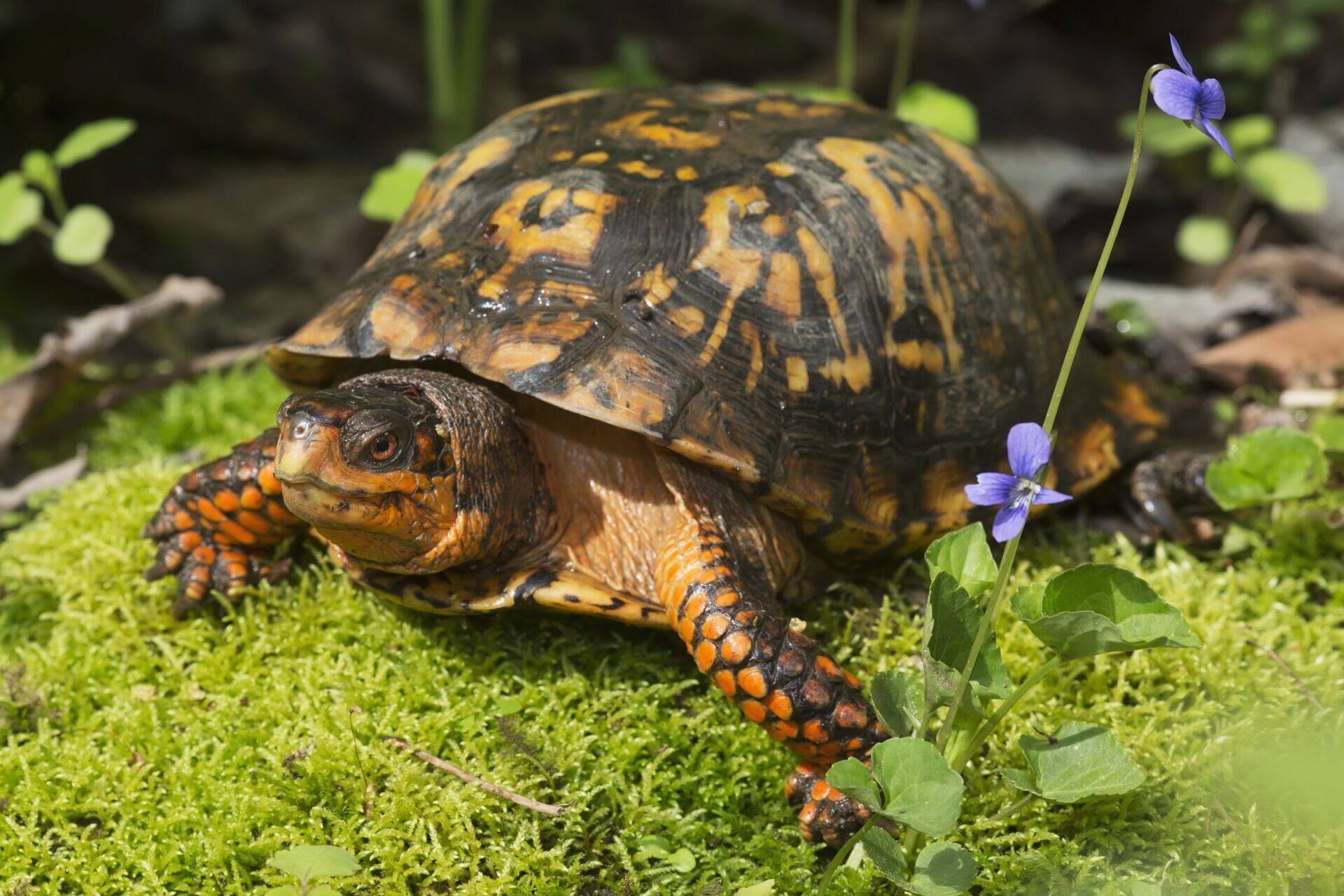

Outdoor Furniture
How To Make An Outdoor Turtle Habitat
Published: January 11, 2024
Learn how to create the perfect outdoor turtle habitat with our expert tips and outdoor furniture design ideas. Transform your outdoor space into a turtle-friendly haven today!
(Many of the links in this article redirect to a specific reviewed product. Your purchase of these products through affiliate links helps to generate commission for Storables.com, at no extra cost. Learn more)
Introduction
Creating an outdoor turtle habitat is a rewarding and enriching experience that allows you to provide a natural and stimulating environment for your shelled companions. Whether you're a seasoned turtle enthusiast or a newcomer to the world of reptile care, building an outdoor turtle habitat offers numerous benefits for both you and your turtles.
By crafting a suitable outdoor space for your turtles, you can mimic their natural habitat, promoting their physical and mental well-being. Additionally, an outdoor habitat allows your turtles to bask in natural sunlight, which is essential for their overall health. Moreover, it provides them with a larger living area, enabling them to exhibit natural behaviors and explore their surroundings freely.
In this comprehensive guide, we will delve into the essential steps and considerations for creating an outdoor turtle habitat that is safe, comfortable, and conducive to your turtles' needs. From selecting the ideal location to landscaping and decorating the habitat, we will cover every aspect to ensure that you can provide a thriving outdoor environment for your shelled friends. So, let's embark on this exciting journey of building a harmonious outdoor oasis for your beloved turtles.
Key Takeaways:
- Creating an outdoor turtle habitat involves choosing the right location, building a suitable habitat, adding essential elements, and maintaining the habitat to provide a natural, enriching, and secure environment for your turtles.
- By carefully considering the location, constructing the habitat, attending to essential elements, and regular maintenance, you can cultivate a thriving outdoor oasis that aligns with the specific needs and behaviors of your shelled companions.
Read more: What Is A Wildflower Habitat
Choosing the Right Location
When establishing an outdoor habitat for your turtles, selecting the right location is paramount to their well-being. The chosen site should offer a balance of sunlight and shade, protection from predators, and a conducive environment for natural behaviors.
First and foremost, consider the amount of sunlight the area receives. Turtles require access to natural sunlight to regulate their body temperature and metabolize essential vitamins. Therefore, opt for a location that receives ample sunlight throughout the day, while also providing shaded areas where the turtles can retreat to avoid overheating.
Furthermore, the chosen site should be secure and shielded from potential predators. This can be achieved by setting up the habitat in a fenced area or utilizing predator-proof enclosures to ensure the safety of your turtles. Additionally, assess the surroundings for any potential hazards, such as toxic plants or sharp objects, and remove or mitigate them accordingly.
Another crucial factor to consider is the accessibility of water. If you plan to incorporate a pond or water feature in the habitat, ensure that the location allows for easy access to water sources for regular maintenance and cleaning.
Lastly, assess the terrain of the chosen site to ensure that it is suitable for digging and burrowing, as many turtle species exhibit these natural behaviors. A soft, sandy substrate is ideal for nesting and burrowing activities, contributing to the overall well-being of your turtles.
By carefully evaluating and selecting the right location for your outdoor turtle habitat, you can lay the foundation for a safe, stimulating, and harmonious environment that aligns with the natural needs of your shelled companions.
Building the Habitat
Constructing a suitable habitat for your outdoor turtles involves careful planning and attention to detail. The habitat should encompass a variety of elements to cater to your turtles’ physiological and behavioral needs, ensuring their comfort and well-being.
First and foremost, consider the enclosure type that best suits your turtles’ species and size. For many turtle species, a spacious outdoor pen or enclosure with secure walls and a mesh or wire top is ideal. This allows the turtles to roam freely while ensuring their safety and protection from potential threats.
Next, focus on providing adequate shelter within the habitat. Incorporate hiding spots, such as wooden shelters or natural vegetation, to offer your turtles a sense of security and privacy. These shelters also serve as retreats from extreme weather conditions and potential stressors, contributing to the overall welfare of your turtles.
When building the habitat, it’s essential to create a designated basking area where your turtles can soak up sunlight and regulate their body temperature. This area should include a flat, elevated surface, such as a basking platform or rock, positioned near a water source to facilitate easy access for basking and hydration.
Additionally, if your turtle species is semi-aquatic or requires a water feature, consider integrating a pond or shallow pool within the habitat. Ensure that the water feature is of appropriate depth and includes gentle slopes or ramps to facilitate safe entry and exit for the turtles.
Lastly, focus on securing the perimeter of the habitat to prevent escapes and intrusions. Inspect the enclosure for any gaps, weak points, or potential entryways for predators, and reinforce or seal them to ensure the safety and containment of your turtles.
By meticulously constructing the habitat with attention to enclosure type, shelter, basking areas, and water features, you can create a secure and enriching outdoor environment that caters to the specific needs of your beloved turtles.
Adding the Essentials
Equipping your outdoor turtle habitat with essential elements is crucial for promoting the health, comfort, and natural behaviors of your turtles. From providing proper nutrition to maintaining optimal environmental conditions, attending to these essentials is vital for creating a thriving outdoor habitat.
One of the fundamental essentials for your turtles is a well-balanced diet that meets their species-specific nutritional requirements. Research the dietary preferences of your turtle species and offer a varied diet consisting of commercial turtle pellets, fresh leafy greens, vegetables, and occasional protein sources, such as earthworms or small fish. Ensure that the diet is supplemented with calcium and vitamin D3 to support bone health and prevent deficiencies.
Furthermore, maintaining clean and accessible water sources within the habitat is essential for your turtles’ hydration and overall well-being. Regularly clean and replenish water dishes or ponds to ensure that the water remains fresh and free from contaminants. If incorporating a water feature, such as a pond, monitor water quality parameters to uphold a healthy aquatic environment for your turtles.
Temperature regulation is paramount for outdoor turtle habitats, especially in regions with fluctuating climates. Integrate heat sources, such as basking lamps or heat emitters, to create warm basking spots within the habitat. Additionally, utilize thermometers to monitor temperature gradients and ensure that your turtles have access to optimal basking and ambient temperatures based on their species’ requirements.
Another essential aspect is providing UVB lighting, which is essential for the synthesis of vitamin D3 and calcium metabolism in turtles. Install UVB lamps or fixtures within the habitat to simulate natural sunlight and enable your turtles to benefit from UVB exposure, aiding in their overall health and well-being.
Lastly, enriching the habitat with natural elements, such as rocks, logs, and live plants, provides opportunities for exploration, physical activity, and mental stimulation for your turtles. These elements contribute to the overall environmental enrichment of the habitat, allowing your turtles to exhibit natural behaviors and maintain a high quality of life.
By attending to these essential components, including nutrition, hydration, temperature regulation, UVB lighting, and environmental enrichment, you can create a well-equipped outdoor habitat that supports the physical, physiological, and behavioral needs of your cherished turtles.
When creating an outdoor turtle habitat, make sure to provide both sunny and shaded areas for the turtles to regulate their body temperature. This will help them stay healthy and active.
Landscaping and Decorating
Enhancing the aesthetics and functionality of your outdoor turtle habitat through thoughtful landscaping and decorating not only creates an appealing environment but also contributes to the well-being and enrichment of your turtles. By incorporating natural elements and strategic design, you can transform the habitat into a harmonious and stimulating space for your shelled companions.
Begin by integrating a variety of live plants within the habitat to provide natural cover, visual interest, and opportunities for foraging and exploration. Select turtle-safe plant species that are non-toxic and suitable for the local climate, ensuring that they thrive in the outdoor environment and offer shade and shelter for your turtles.
Strategically position rocks, logs, and driftwood to create climbing opportunities and basking spots for your turtles. These natural elements not only serve as functional features but also mimic the turtles’ natural habitats, encouraging physical activity and natural behaviors while adding visual appeal to the habitat.
If your turtle species is semi-aquatic or requires a water feature, consider incorporating aquatic plants within the pond or water area. Water lilies, water lettuce, and duckweed not only contribute to the aesthetics of the habitat but also provide shelter, oxygenation, and natural filtration for the aquatic environment, benefiting the overall ecosystem of the habitat.
Furthermore, enrich the habitat with substrate materials, such as sand or soil, to create nesting areas and digging opportunities for your turtles. A soft, natural substrate enables your turtles to engage in instinctual behaviors, such as nesting and burrowing, fostering a more natural and enriching habitat experience.
Lastly, consider adding natural decor elements, such as driftwood or branches, to create visual interest and structural diversity within the habitat. These elements not only enhance the habitat’s aesthetic appeal but also provide opportunities for exploration and mental stimulation for your turtles.
By thoughtfully landscaping and decorating the outdoor turtle habitat with live plants, natural elements, and functional features, you can create a visually captivating and enriching environment that closely mirrors the turtles’ natural habitats while promoting their physical and psychological well-being.
Read more: What Eats Turtle Grass
Maintaining the Habitat
Regular maintenance is essential to ensure that your outdoor turtle habitat remains a safe, clean, and thriving environment for your turtles. By implementing a proactive maintenance routine, you can uphold optimal living conditions and address any potential issues promptly, fostering the well-being and longevity of your turtles.
One of the primary maintenance tasks is to regularly clean and sanitize the habitat, including water dishes, ponds, and shelter areas. Remove debris, uneaten food, and waste from the habitat to prevent bacterial growth and maintain hygienic conditions. Additionally, regularly inspect and clean water filtration systems to uphold water quality in aquatic habitats.
Monitor and maintain optimal temperature and humidity levels within the habitat, especially during seasonal changes. Adjust heat sources and provide additional insulation or shade as needed to ensure that your turtles are exposed to suitable environmental conditions, promoting their overall health and comfort.
Inspect the perimeter and structural integrity of the habitat regularly to identify and address any potential escape points, wear and tear, or damage. Reinforce fencing, repair enclosures, and replace worn materials to prevent escapes and protect your turtles from external threats.
Conduct routine health assessments of your turtles to monitor their well-being and detect any signs of illness or injury. Consult with a reptile veterinarian for regular check-ups and ensure that your turtles receive appropriate veterinary care when needed to maintain their health and vitality.
Furthermore, stay vigilant against potential pest infestations, such as parasites or invasive species, that may pose risks to your turtles and the habitat ecosystem. Implement pest control measures responsibly and seek professional guidance if encountering persistent pest issues within the habitat.
Lastly, regularly assess and enrich the habitat with new landscaping elements, decor, and enrichment items to provide variety and stimulation for your turtles. By rotating and refreshing the habitat’s features, you can prevent habituation and promote continued engagement and behavioral enrichment for your turtles.
By adhering to a comprehensive maintenance regimen that encompasses cleanliness, environmental monitoring, structural integrity, veterinary care, pest management, and habitat enrichment, you can uphold a thriving and sustainable outdoor habitat that supports the well-being and vitality of your cherished turtles.
Conclusion
Embarking on the journey of creating an outdoor turtle habitat is a fulfilling endeavor that allows you to provide a natural, enriching, and secure environment for your turtles. By carefully considering the location, constructing the habitat, and attending to essential elements, you can cultivate a thriving outdoor oasis that aligns with the specific needs and behaviors of your shelled companions.
Choosing the right location sets the stage for a successful outdoor habitat, ensuring that your turtles have access to sunlight, shade, and secure surroundings that cater to their natural instincts and well-being. Building the habitat involves meticulous planning and attention to detail, encompassing enclosure design, shelter, basking areas, and water features that contribute to a safe and stimulating environment for your turtles.
Adding essential elements, such as proper nutrition, hydration, temperature regulation, UVB lighting, and environmental enrichment, is vital for supporting the physical, physiological, and behavioral needs of your turtles within the outdoor habitat. Furthermore, landscaping and decorating the habitat with live plants, natural elements, and functional features enhances the visual appeal and provides opportunities for exploration and enrichment for your turtles.
Regular maintenance is key to sustaining a thriving outdoor habitat, encompassing cleanliness, environmental monitoring, structural integrity, veterinary care, pest management, and habitat enrichment. By implementing a proactive maintenance routine, you can uphold optimal living conditions and address potential issues promptly, fostering the well-being and longevity of your turtles.
In conclusion, creating and maintaining an outdoor turtle habitat is a labor of love that yields immeasurable rewards in terms of providing a natural, stimulating, and secure environment for your beloved turtles. By integrating the principles and practices outlined in this guide, you can establish a flourishing outdoor habitat that not only meets the physical and behavioral needs of your turtles but also fosters a deep connection with nature and the remarkable world of these captivating reptiles.
Frequently Asked Questions about How To Make An Outdoor Turtle Habitat
Was this page helpful?
At Storables.com, we guarantee accurate and reliable information. Our content, validated by Expert Board Contributors, is crafted following stringent Editorial Policies. We're committed to providing you with well-researched, expert-backed insights for all your informational needs.

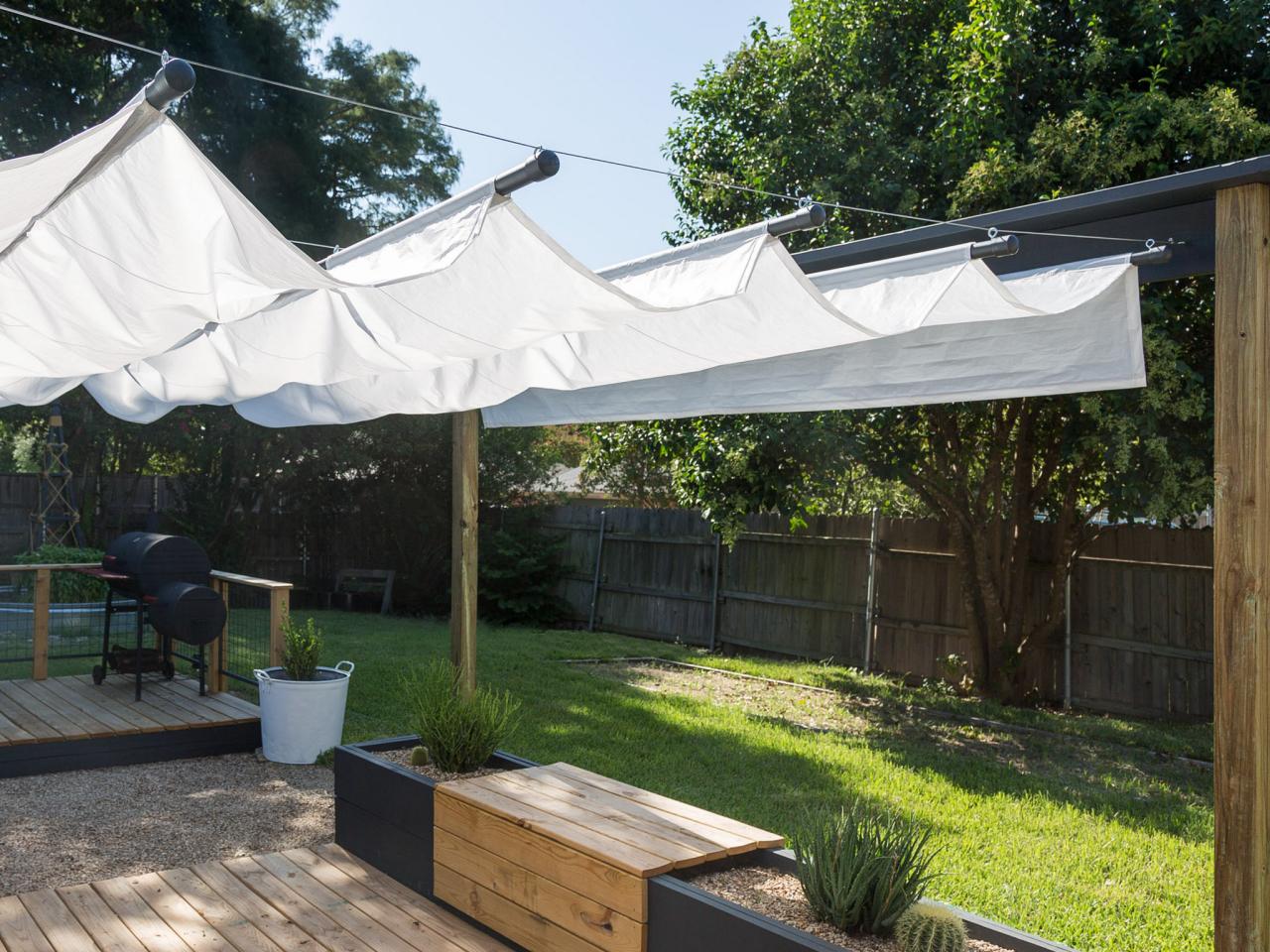
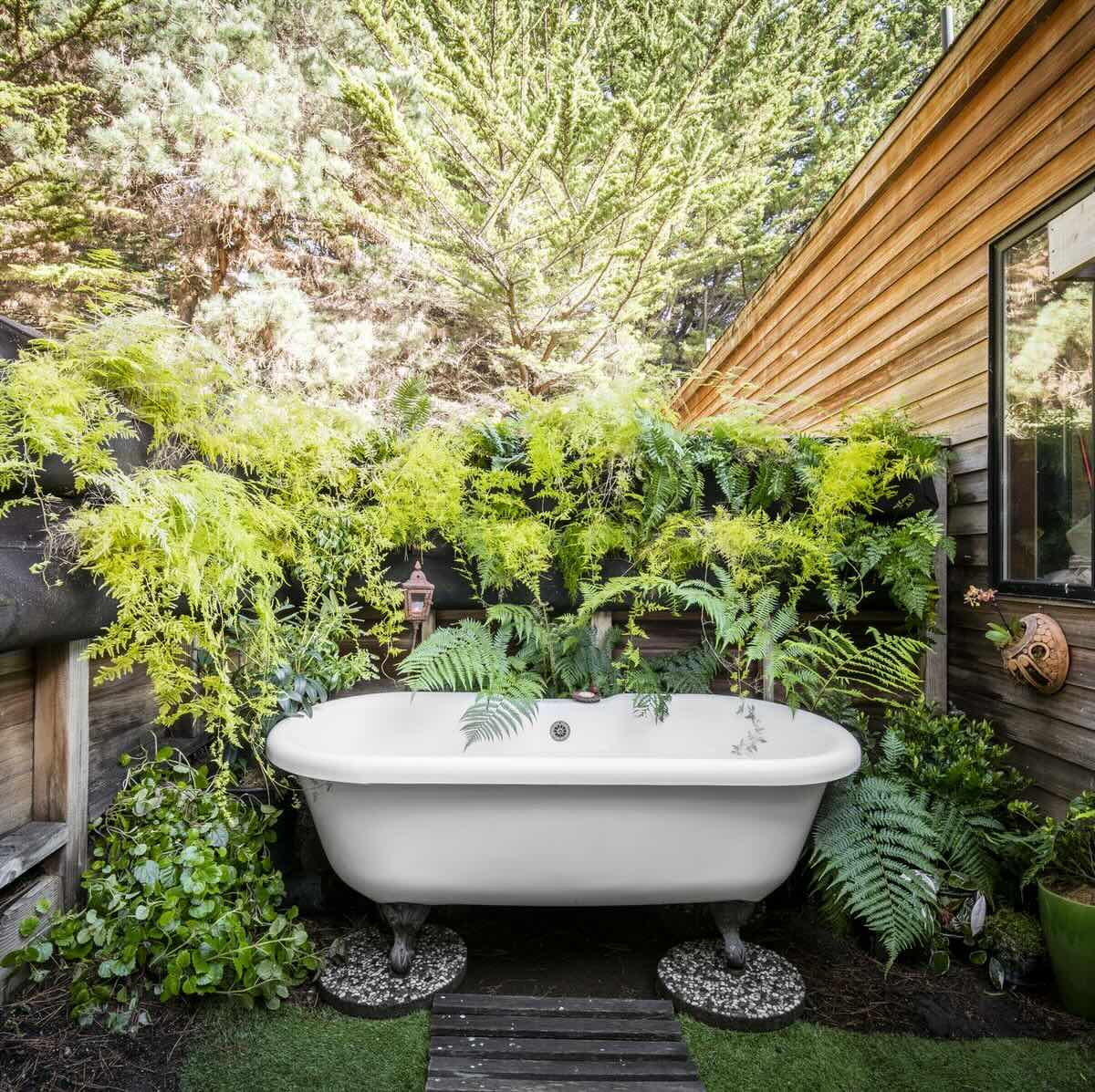

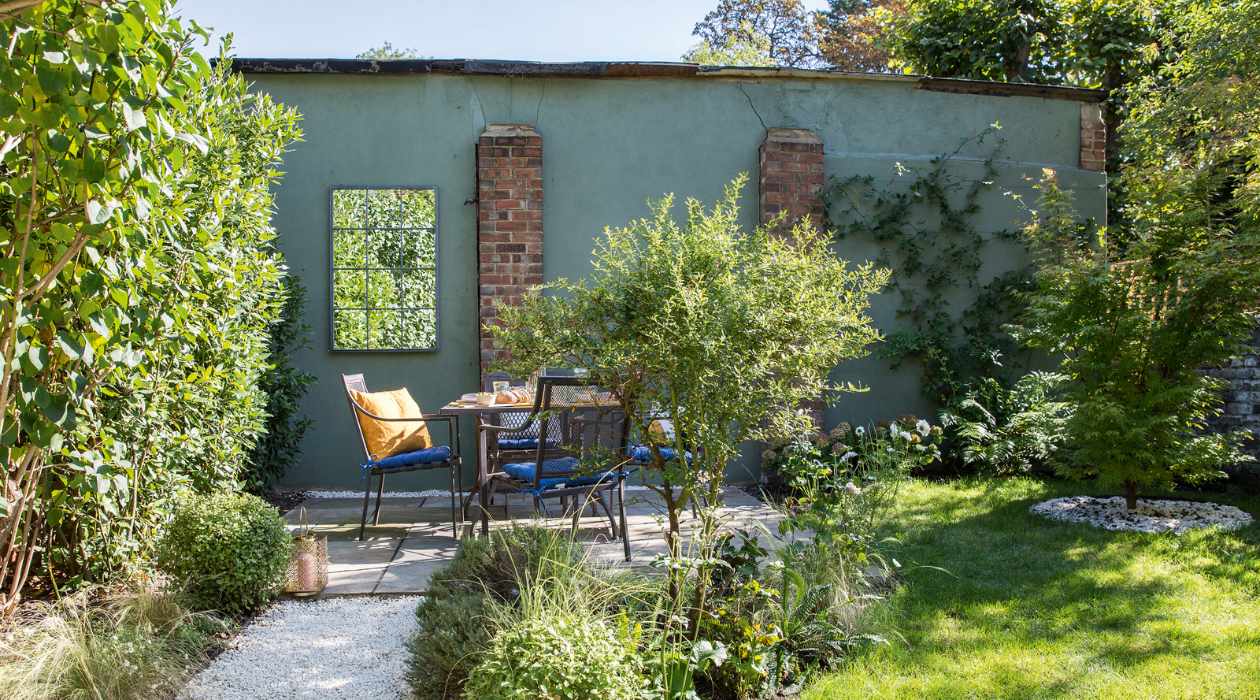
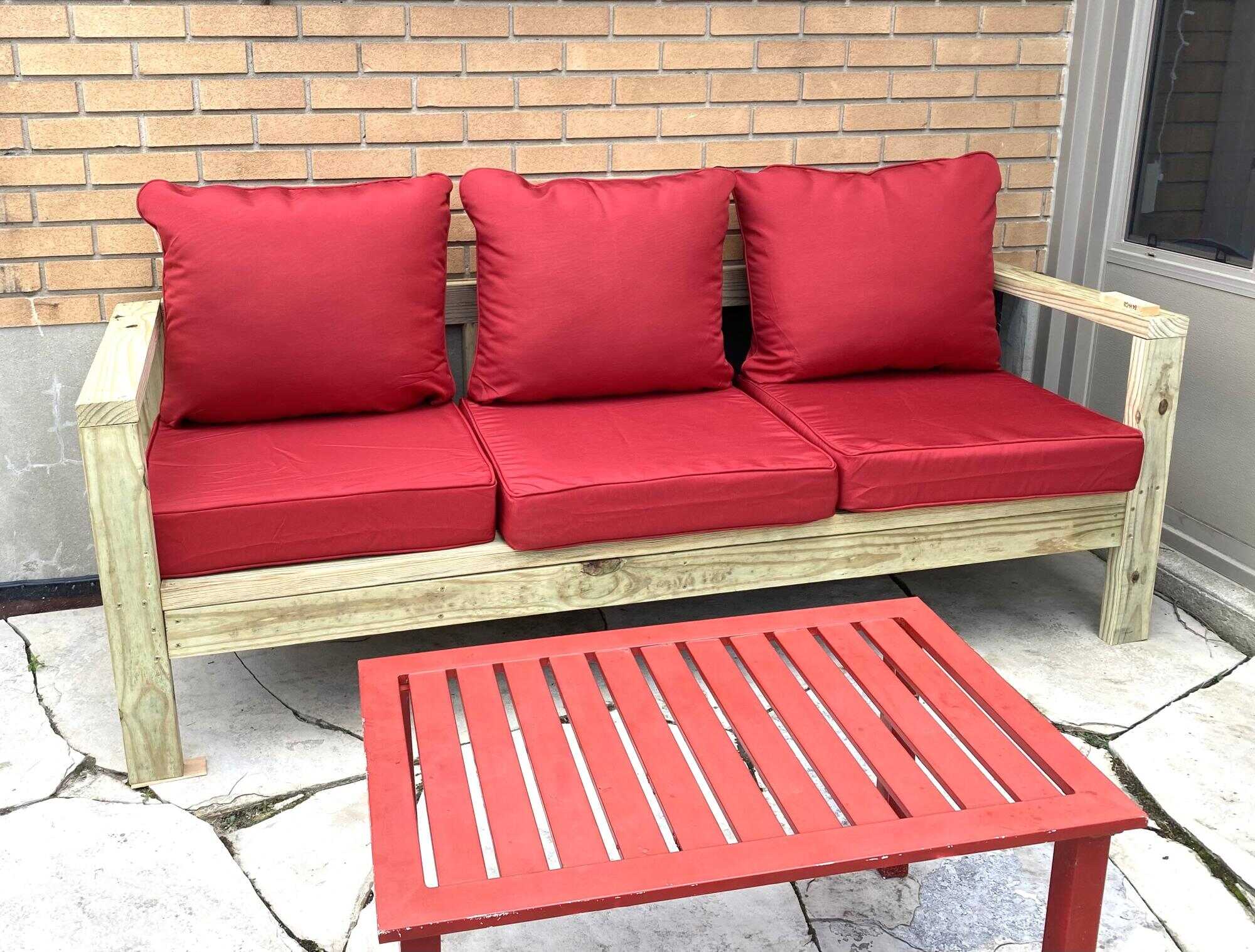

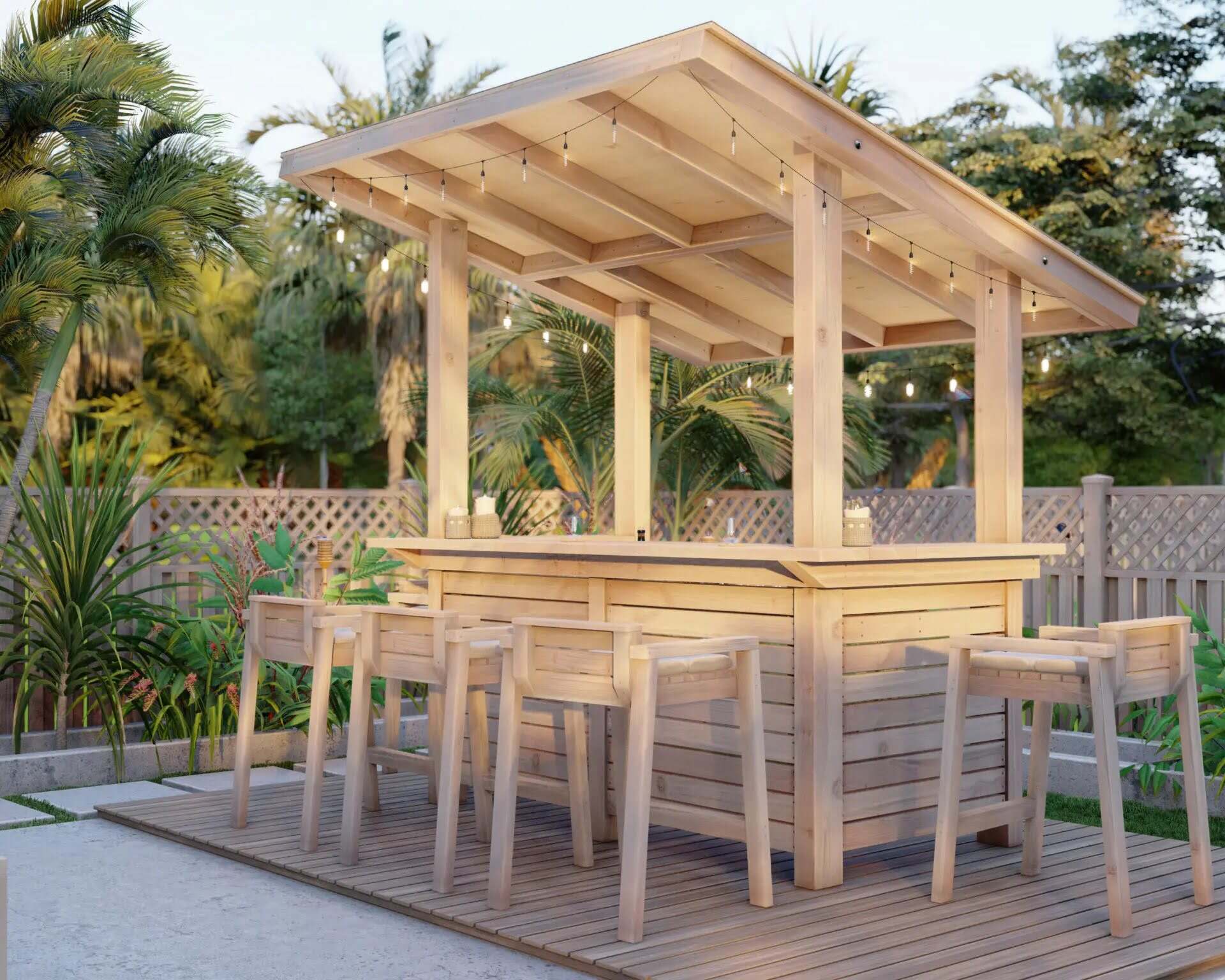


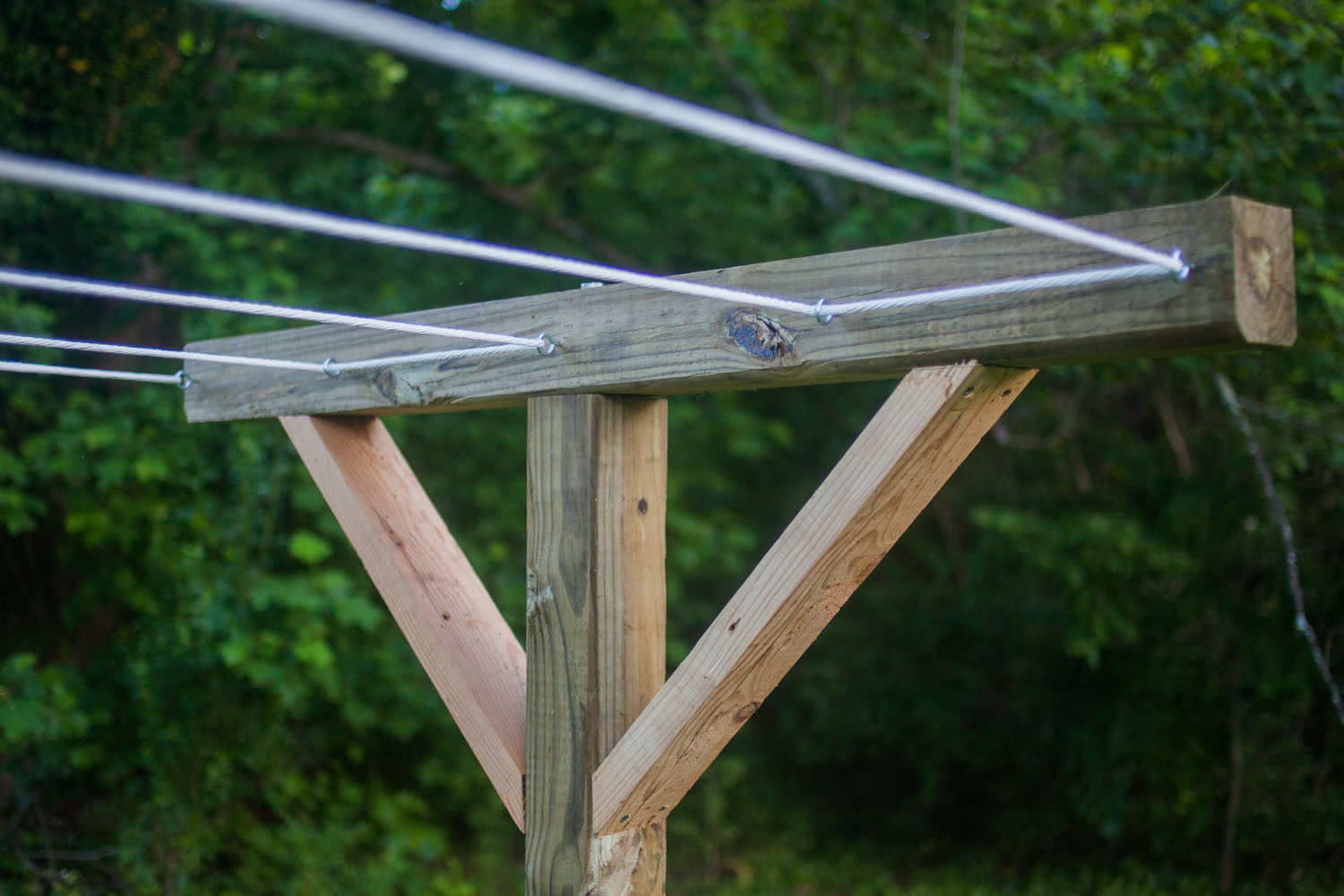

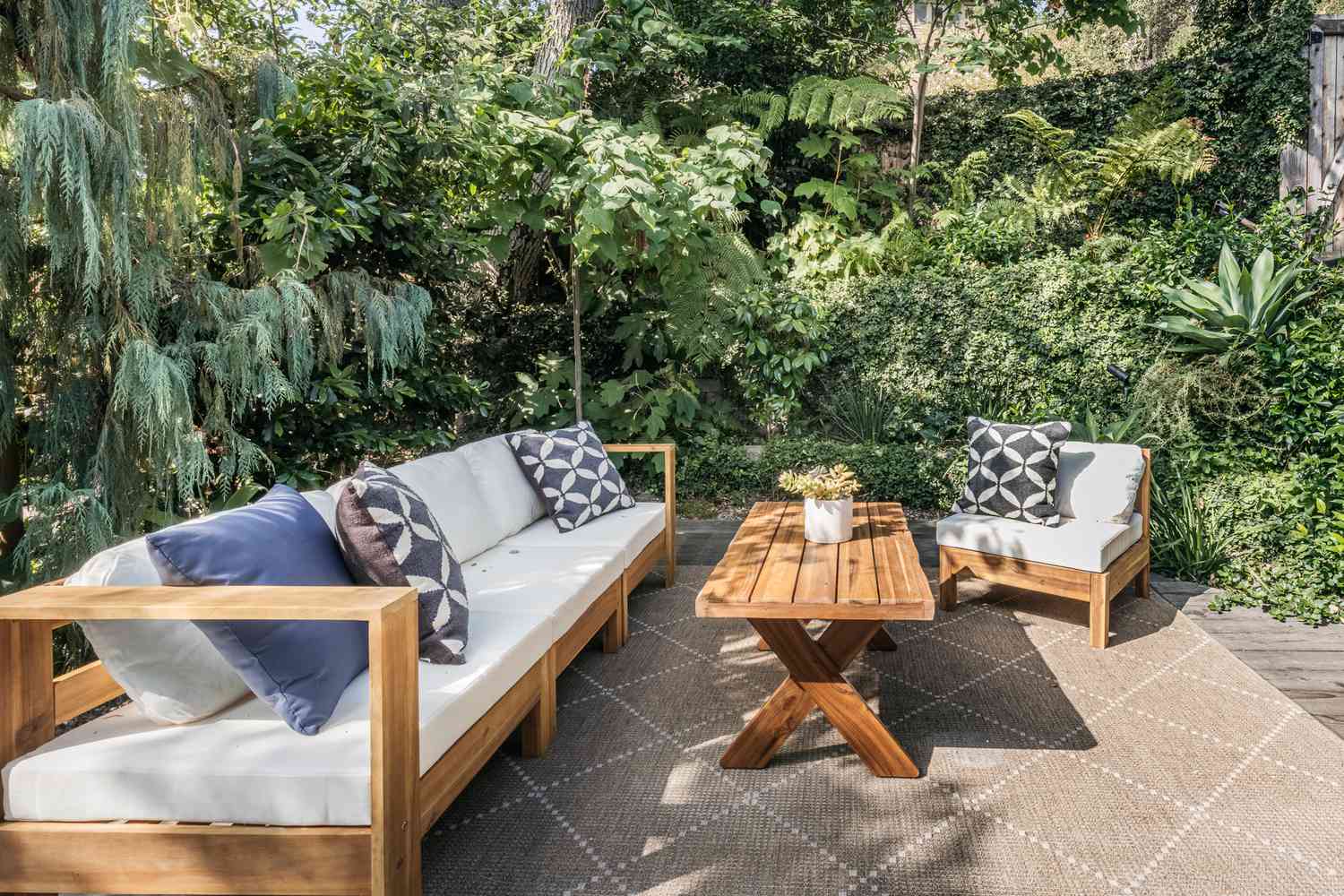


0 thoughts on “How To Make An Outdoor Turtle Habitat”